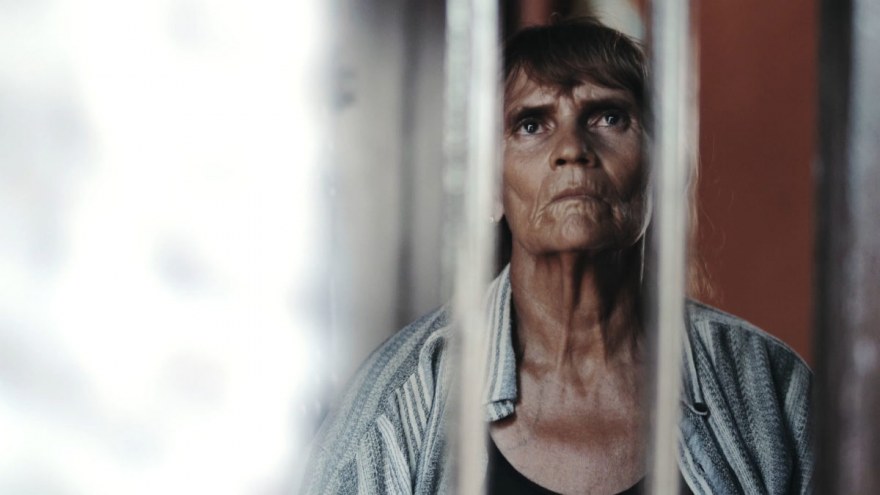Lunch with Elena
An interview with Jesús Reyes, director of Elena
Can you tell us about the context in which the story is happening? Why did the paramilitary end up there?
First, I must say that Elena is part of a trilogy composed by Red Land, 2013 and Genaro, 2017 (both premiered in Clermont-Ferrand in their respective years). This trilogy is about the paramilitary violence that happened in our territory, the northwestern coast of Colombia, for almost two decades. Elena is the initial story and could be the story of pre-war that is when the paramilitary armies entered this area to violently remove the communist guerrilla installed there. In addition, to terrorize the civilian population with massacres and selective assassinations under the excuse that some people were collaborators of the guerrilla. These illegal paramilitary groups financed by some ranchers and other multinationals that were being extorted by the guerrillas, also had the help of some active military men and settled in the area from the early 1990s to the year 2005 when a massive demobilization of the paramilitary groups took place. The paramilitary fighters and acts of barbarism are reduced. But there are many guns and people who grew up in the war who do not know how to do anything else, therefore this war is transformed and leads to the creation of criminal gangs in the service of drug trafficking mostly to this day.
Were you inspired by something similar that happened in real life?
Our stories have been inspired by men and women of the area who have been the victims of violence by some of the armed actors in this conflict that affected a large part of the population in Colombia. Also, from investigations and reports made by local journalists. We tell what happened in our department with the idea of generating memory and remembering from the cinema what happened, with the intention that it never happens again and even more so in these times where that dark shadow of violence is posing again in our territory. Although peace with the FARC guerrillas has been signed now, those who favored the emergence of the paramilitary armies are back to have political control over the country.
What other subjects (within the country or internationally) would you like to explore in future work?
I’m interested in what happens in my “Caribbean” environment. Cinema has been a tool that has allowed me to explore that reality. With my movies I have been able to understand the different behaviors that occur in this part of Colombia, these range from the violent history of Colombia to the way in which we relate as people. I’m currently developing a documentary project with my parents. With this project I am trying to understand, through my relationship with them, macho behavior in this part of Colombia.As a working group we have always been interested in a cinema that generates questions; a cinema without a moral on a specific subject. I am interested in what directly and indirectly affects me as a person and as a Colombian.
What sort of support did you get when you made Elena? What were the biggest hurdles?
Elena and the other two films have been the beneficiaries of state calls and with the help of Andrés Porras and Odonata communications, who are co-producers, we were able to finish this series of three short films. Help from local authorities is minimal. The investment in this part of the country in relation to art is negligible, almost nil.The biggest obstacle is always funding. Despite having written the three scripts of the trilogy almost at the same time, it took us six years to produce the three shorts. We had to participate year after year in the public calls, and for some years we did not achieve it. Fortunately, after several attempts we won.Whenever we start filming, the fear is a bit in security, because the town where we shoot, La Madera is in an area where there are still criminal gangs (legacy of paramilitarism), armed groups that control coca crops, laboratories and routes to take the drug to the sea. Therefore, the fact that we talk about this topic causes the fear to be there. Luckily nothing has happened yet. Finally, it is not really an obstacle, but it is something a bit stressful that you have to live with.
Would you say that the short film format has given you any particular freedom?
For me, the short film is like a gym where one as a young filmmaker can explore the different ways of making films. In it you can find a style that adapts to each person’s point of view. It’s a format that gives freedom in realization, I think that in the long format the risks are higher and they range from the economic to the conceptual. The short format has given us as much freedom as possible; so much so that each short film in the trilogy is different in its aesthetic concept.








